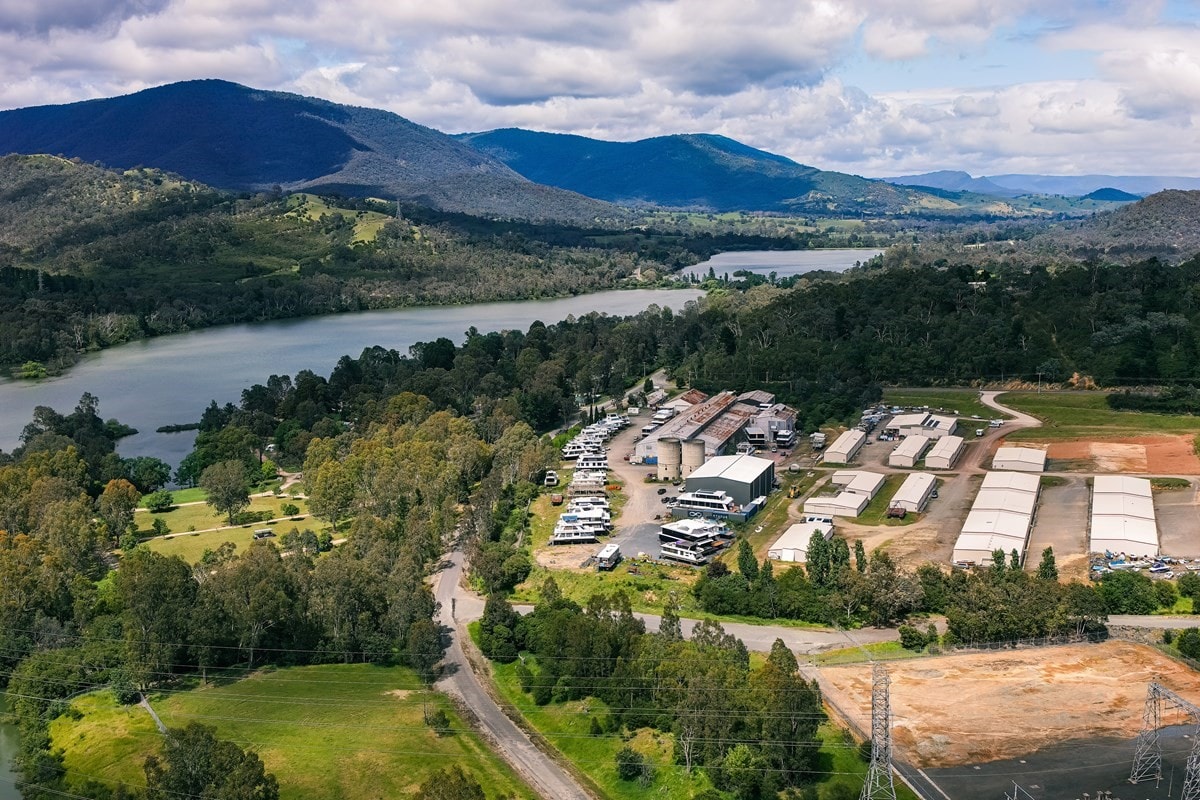What it takes to dismantle a gas plant
Our former Camden Gas Project – Rosalind Park Gas Plant was safely decommissioned from September to December 2023 and prepared for a new life after AGL. This process included:
The gas plant being depressured and purged of gas
The gas plant being isolated from sources of energy and drained and cleaned of oils
360-degree photos, isometrics and surveys of the original installation being completed
Every piece of equipment tagged with a QR code for future reassembly
Identifying laydown areas to store dismantled equipment and parts
Making plans for transportation and lifting of equipment, to ensure we had the right resources in place to complete the work safely.
A third-party operator acquired the gas plant which included two compressors, a slug catcher, filter separators, TEG gas dehydration unit, water treatment, all pipework and 80 cable drums. This equipment was loaded onto 51 trucks from Camden before making its final journey to the Northern Territory.
Camden Gas Project, with sites spanning across Campbelltown, Camden and Wollondilly council, continues towards rehabilitation and sign off with the regulators and landowners.





